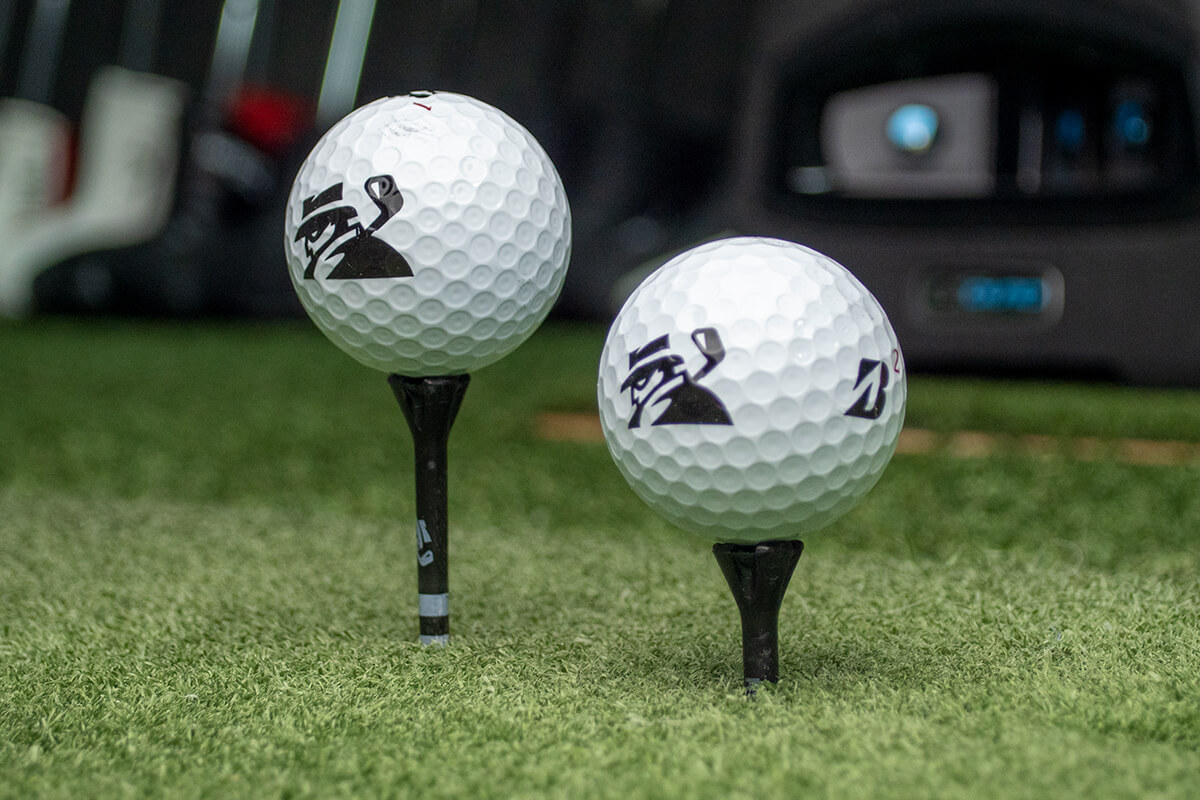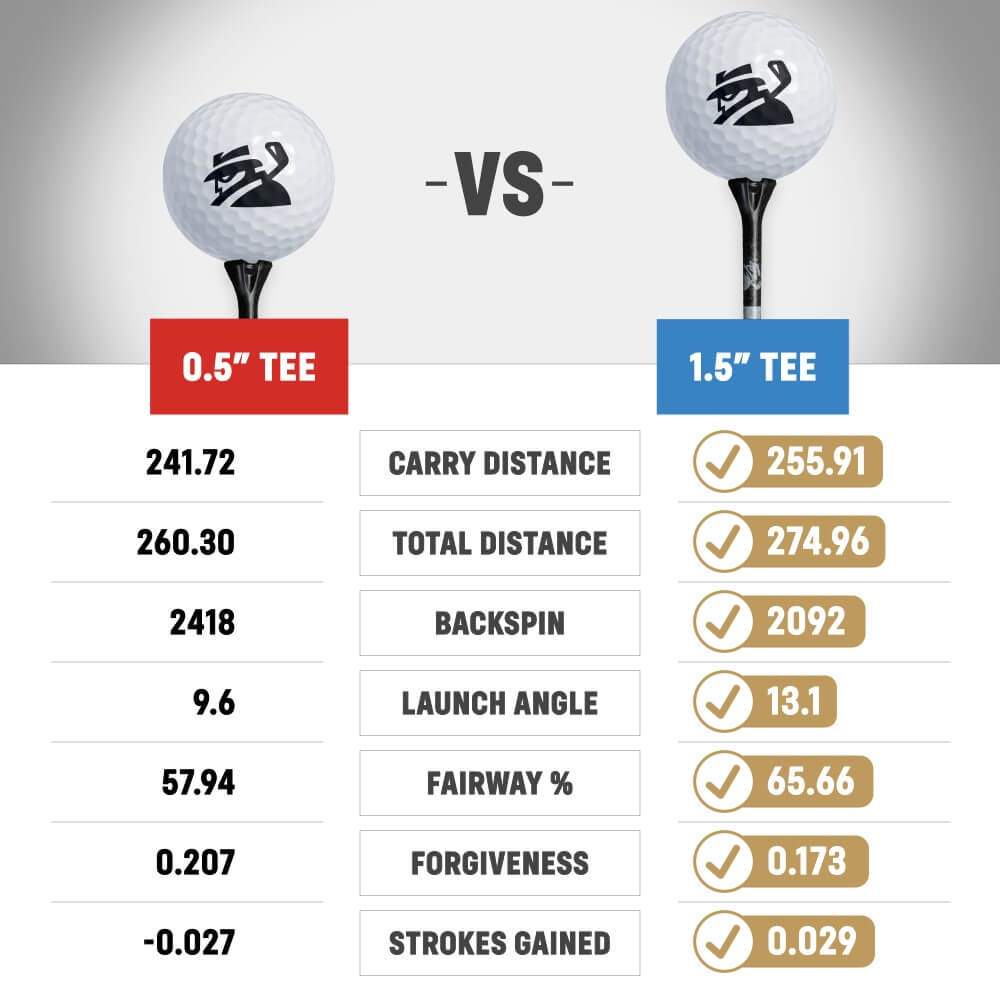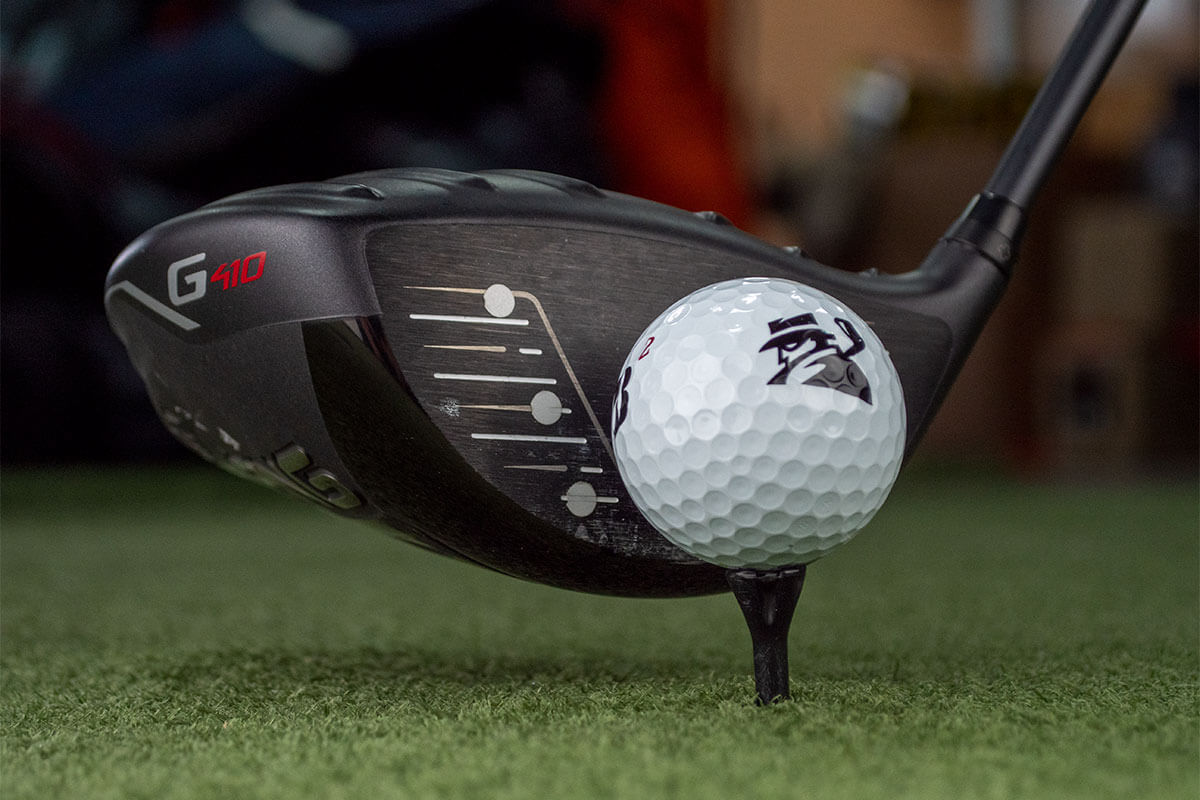Tee Height – A Solution to the”Distance Problem”?
Could tee height solve the USGA’s “distance problem”?
The question came from one of our Twitter followers (yes, we do read your messages). It’s an intriguing propositon.
MyGolfSpy Labs tests are born from questions and curiosity. And given the context of the larger distance debate, it only made sense to grab a couple of tees (of different heights, of course), bring in some testers, and see where the data leads us.
Not only does our data reveal some significant differences that suggest that limiting tee height could help throttle distance on TOUR, we also found some insights that could help you hit the ball farther and more consistently.
Tee Height Test – Parameters
For this tee height test, we tested two heights: 1.5 and .5 inches (measured from ground level).
- The test was conducted at MyGolfSpy’s test facility in Yorktown, Va.
- Ball and clubhead data were collected using a Foresight Sports GCQuad Launch Monitor.
- All shots were hit with a PING G410 LST driver and Bridgestone Tour B X golf balls.
- In total, 120 drives were hit using each tee.
Key Findings
1. Distance
Our data suggests a 1.5-inch playing tee creates 14.19 more carry distance on average than a .5-inch playing tee. That is a massive difference. Furthermore, the same data reveals that total distance of the 1.5-inch was 14.66 yards longer on average
Bottom line, a tee that’s 1-inch shorter produces significantly less distance. The next few points will explain why.
2. Launch Angle
Tee height affects launch angle because, simply put, it influences where you hit the ball on the club face. With a higher tee, you’re more likely to hit it higher on the club face and vice versa.
It’s not particularly surprising that shots hit using the .5-inch tee launched appreciably lower (3.54 degrees on average). The largest contributing factor to the lower launch angle was low face impact. With the .5-inch tee, impact location was more than 4mm lower on the face than with the 1.5-inch tee.
3. Backspin
Low face contact is a recipe for increased, often undesirable, backspin. For many golfers, backspin is a distance killer and that’s what we observed.
In our test, backspin was 326 rpm higher on average with the .5-inch tee. In addition to the lower impact location, with the shorter tee our testers delivered the club with a slightly more open face which further increases spin and compounds the distance loss.
4. Angle of Attack
The guys at Foresight Sports define “angle of attack” as “the descending or ascending path of the clubhead measured in degrees.” How much are you hitting up or down on that ball? That’s the angle of attack measurement. A more positive attack angle typically produces higher launch, less spin and ultimately more distance. We told you all of these things are related, right?
Backspin is a distance killer and a negative angle only adds to the problem. When you hit down on the ball and add unwanted spin, distance suffers.
So how does this factor into tee height?
With the taller tee, our testers’ average angle of attack was 1.68 degrees more positive. At a ball speed of 150 mph, the change in launch conditions attributable to that difference will result in nearly four yards of additional carry and five yards of total distance.
If you’re looking for a better understanding of how ball speed, launch angle, backspin, and angle of attack work together to influence distance, PING’s “Unlocking Distance: Launch Conditions and Angle of Attack” is an excellent resource.
5. Strokes Gained/Accuracy
Who likes to hit fairways? We all do. You know what else we like? Gaining strokes.
We found the 1.5-inch tee produced higher strokes-gained values, fairways-hit percentage and better forgiveness. What does this have to do with distance?
As we have seen, the .5-inch tee was significantly shorter across the board. Multiple distance metrics were affected by the tee height difference as were other key metrics. The .5-inch tee is worse in strokes gained, fairways hit and forgiveness.
Tee Height Impact
Bringing this all back to our original question; yes, absolutely, limiting tee height is a viable way to limit distance, though we suspect it wouldn’t take long before TOUR players and equipment manufacturers find a workaround. Call them mini drivers, big fairway woods … it doesn’t matter. They’ll go every bit as far and, because of the smaller, more aerodynamic shapes, Tour players might actually gain distance.
For the other 99.99% of us for whom the only problem with distance is a lack thereof, a taller tee could be part of the solution.
Our results suggest that golfers using shorter tees could be leaving upwards of 15-yards on the table. A shorter tee also produced less consistent results.
While there is some individual preference (and comfort level) when it comes to selecting the right tee height, there’s definitely something to the adage “tee it high and let it fly!”
We can’t recommend enough that you grab some tees of varying heights, run your own lab, and find out how much you stand to gain by using a taller tee.

















Bond
3 years ago
The Yellow 4 Yards More tees are set to a height of 1.5″
Their blue ones are 1.75″